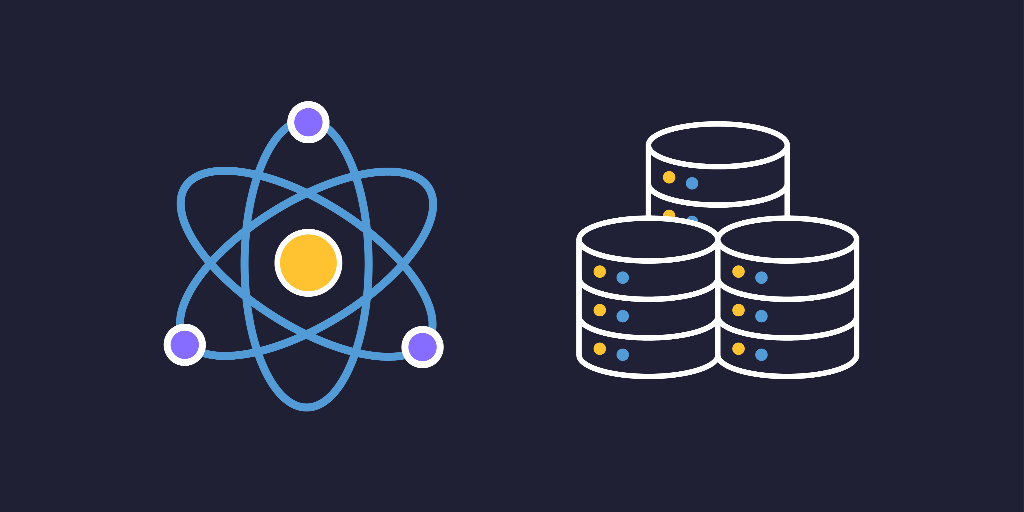To become a data analyst, follow these steps:
- Learn the basics of programming: Start with Python, focusing on computational problem-solving and programming fundamentals.
- Master data manipulation and libraries: Learn pandas for data manipulation, Matplotlib and seaborn for visualization, and NumPy for numerical computations.
- Understand data structures: Get familiar with lists, dictionaries, and loops to process and organize data efficiently.
- Learn SQL: Understand how to retrieve, manipulate, and analyze data from relational databases.
- Develop analytical skills: Work on projects like sales forecasting or data visualization to apply concepts to real-world problems.
- Build a portfolio: Include practical projects, such as creating a bar chart race or analyzing climate change data, to showcase your skills.
- Gain experience: Seek internships, freelancing opportunities, or entry-level roles to build hands-on experience.



